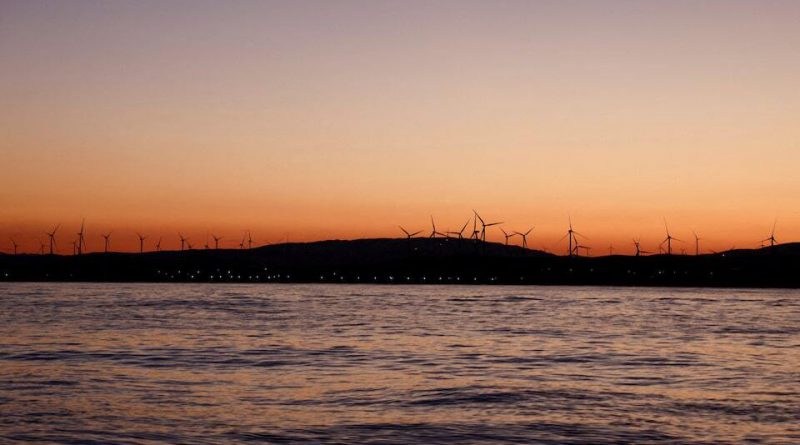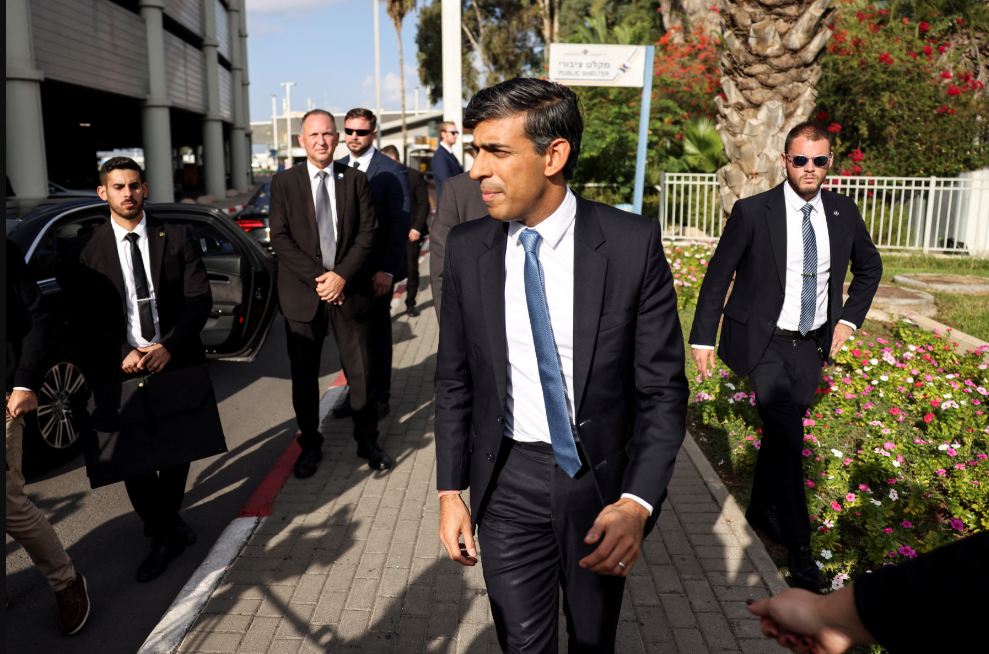EU Seeks a Smarter, Fairer Climate Deal for a Greener Future
Europe is steering toward a more flexible and fair climate future, blending ambition with realism as leaders refine the bloc’s 2040 emissions target.
The European Union is preparing a new roadmap to reach its 2040 climate goals with a vision that combines sustainability, innovation, and economic balance.
The proposal aims to cut greenhouse gas emissions by 90% by 2040 while offering industries and member states the flexibility they need to adapt to fast-changing global and local challenges.
This evolving plan highlights Europe’s continued leadership in climate action. It recognizes that achieving ambitious goals requires cooperation, technological progress, and a commitment to protecting citizens and businesses.
Rather than imposing rigid demands, the EU’s new approach emphasizes balance — ensuring environmental progress without slowing down industrial growth or raising household costs.
The draft proposal includes a key review mechanism that allows the EU to assess its progress every two years. This means that targets can evolve based on new technologies, changing market conditions, or shifts in carbon absorption rates from natural systems such as forests.
By doing so, the EU is promoting a smarter, data-driven way of tackling climate change — one that keeps goals strong but adaptable.
The plan also ensures that if some sectors, like forestry or carbon removal technologies, fall short of their targets, others won’t be unfairly burdened.
This is a major step toward fairness and accountability, reflecting Europe’s understanding that each industry faces unique challenges in the green transition. It creates room for innovation while preventing unnecessary economic strain.
At the heart of this initiative is a simple idea — climate responsibility must go hand in hand with economic opportunity. The EU wants to ensure that its industries remain competitive globally while also driving progress at home.
European leaders are keen to protect jobs, support new green industries, and ensure citizens benefit from cleaner energy and better living conditions.
Discussions among EU ambassadors and climate ministers are ongoing, with leaders emphasizing the need for “enabling conditions” that make these goals practical.
This includes securing affordable energy for consumers, encouraging investment in renewable sources, and supporting businesses navigating global competition.
The European Commission is also considering adjustments to some existing environmental measures to ease the transition. These may include price stability mechanisms within the carbon market for transport fuels and potential flexibility in regulations around combustion engine vehicles.
Such steps aim to maintain momentum while allowing industries the time and support they need to evolve sustainably.
Countries such as Germany, Italy, and Poland have voiced the importance of aligning green targets with national priorities like energy security and industrial renewal.
The new framework attempts to reflect those concerns while keeping the overall emissions goal intact. It’s a sign that Europe’s climate strategy is not just about numbers, but about building consensus and long-term resilience.
The EU’s 2040 plan represents more than a policy shift — it’s a statement of intent. It shows Europe’s readiness to lead with both vision and pragmatism, setting an example for global cooperation ahead of the COP30 climate summit in November.
By striving for a fairer and more flexible approach, the EU hopes to unite member states behind a shared mission for the planet.
This evolving path underscores a larger truth: climate action is not about compromise, but about connection. It’s about linking progress in clean energy, sustainable agriculture, and green innovation to the real lives of people who power Europe’s economy.
From wind turbines on Spain’s coasts to carbon capture technology in Scandinavia, every effort forms part of a larger European story — one of resilience, adaptation, and shared purpose.
The EU’s move toward a more adaptable climate strategy marks a hopeful chapter in its environmental journey. It shows that even in the face of global challenges — from inflation to energy security — Europe remains determined to pursue sustainability with confidence and care.
As leaders prepare for the COP30 summit, this proposal could become a symbol of how flexibility and unity can drive lasting progress. Europe’s message is clear: the path to a greener future doesn’t have to be rigid — it has to be right.



